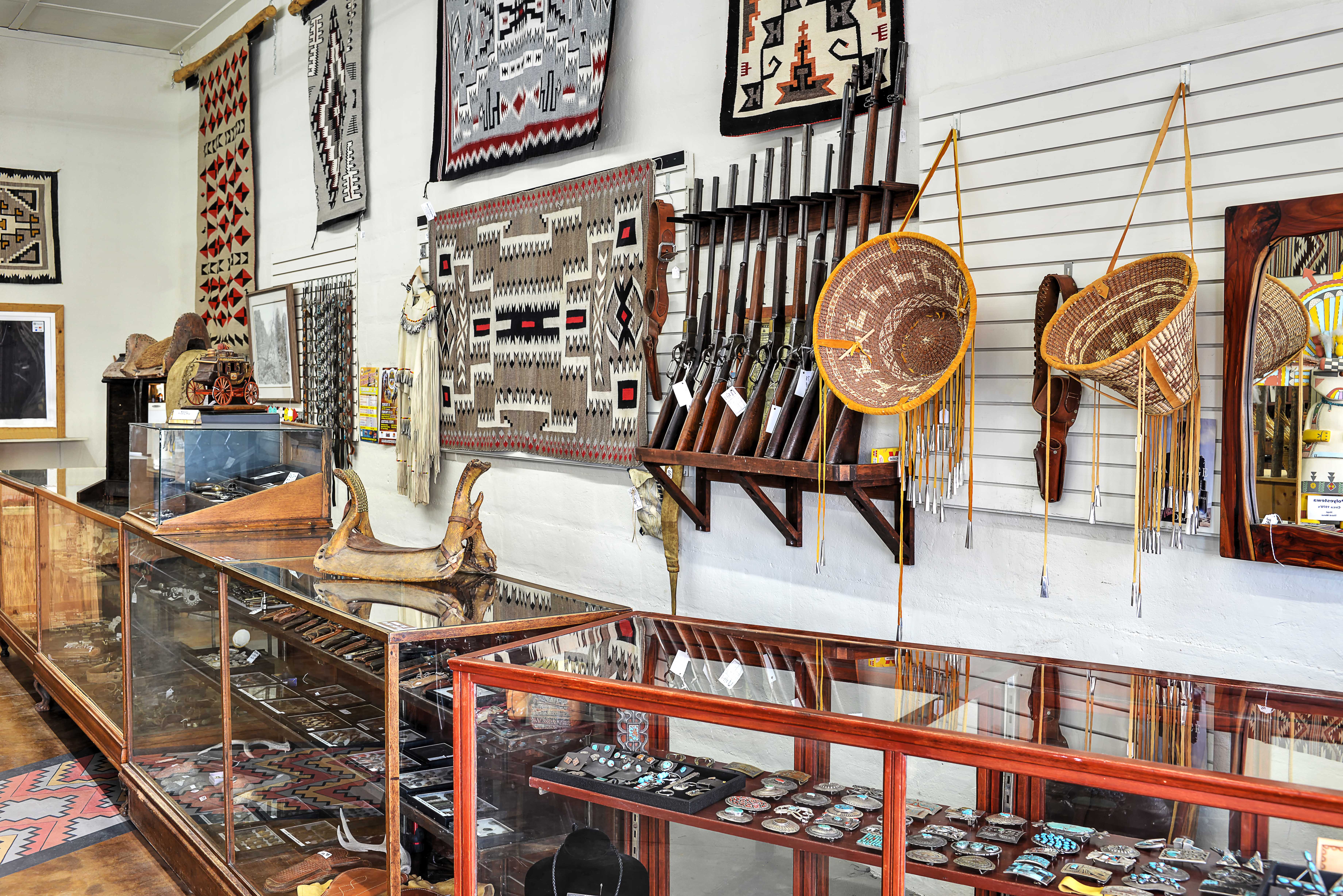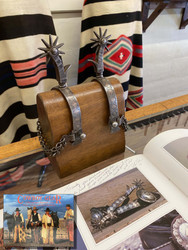Collector's Corner - How Professionals Determine Value
Posted by Jim Olson on Mar 3rd 2022
We have talked about value before. About how the true value of an item, at any given time, is what a seller is willing to sell it for and a buyer is willing to pay for it. How that can change from region to region and time to time. But have you ever wondered how a professional really determines the value of collectibles?

First let’s define what we mean by professional. For the purposes of this article we would be talking about appraisers, gallery and auction personnel (dealers), or professional collectors who have been at it a long time. Folks who generally know what they are talking about.
Next, we need to clarify that for the purposes of this article, we are going to talk about market value, not replacement or insurance value. Market value is what an item might bring in a sales setting. Reasonable expectations for a buyer and seller. It’s what we as collectors need to know when buying or selling. Whereas replacement or insurance value is almost always higher. The reason for this is the appraiser needs to factor in what it would take to replace the actual item in a short time period should something happen to it. Sometimes this can be nearly impossible unless a larger amount of money is involved to make it happen right away.
On the other hand, market value is a less pressured situation. A seller has decided to sell and is looking for a buyer who is in the mood to buy it. This buyer is not under pressure to make a deal at all costs like an insurance company would be if they had to replace an item tomorrow. Sometimes there is also depreciation (or appreciation) involved. Therefore, market value and replacement value are usually different numbers.
We should also remember this article is definitely not meant to be an all inclusive course on valuation. This is just some pointers for the lay person to help themselves become more aware of how to find the value of items.
Now that we have that out of the way, the main thing to remember when researching the market value of an item, is to find out what similar items have actually sold for. Not what asking prices are. Not what someone has it insured for. But actual recent sales of like kind items. Solds are your comparables. What others are asking for similar items is pure speculation.
To find sales results, we use services such as Worthpoint, askART, subscriptions to various auction sites such as Proxibid, Live Auctioneers, Invaluable, iCollector, Gun Broker and other sites as well. We also search our own website for past sales of like kind items since there are thousands of examples of previous sales there. There are numerous such sites online where you can find actual sales results. Some are free, some require a subscription.
If you do not want to sign up, or pay for such services, a helpful hint you can use to find results is to google what you are looking for and type in the words “for sale” at the end of the item title. For example, if you are looking for, Oscar Crockett inside marked spurs, add the words, for sale at the end. When you google it, you will get a lot of websites selling spurs which pop up. However, if you go to the images tab on the top or your browser and just look at pictures, you will find images which lead back to a mix of both sold and items for sale. Clicking on the “out of stock” ones in red will let you see sales results from various sites. By clicking on ones that say “in stock” in green, you can see what others are asking for similar items. Just remember, asking and getting are two different things. Anyone can “ask” what ever they want. You are most interested in the “solds” when determining market value.
You can also do the same thing on eBay. Type in the title of what you are looking for, and then narrow your search by selecting only “sold” items. Feel free to look at what others are asking so you can see what you are up against when selling yours, but do not pay attention to the odd seller who is asking the moon. This is a mistake we often see sellers make. They come in to sell an item and say, “I saw one on eBay going for $_______, and then think that is what theirs is worth. Like mentioned earlier, asking and getting are two different things. Generally you can search the actual “sold” items and find a big difference in price between what one odd seller is asking for, and what others have actually been bringing.
Once you find several examples of similar items which have sold (preferably recently), then you can take an aggregate of those sales to determine a median price range. Don’t pay too much attention to an odd really high sale—or really low sale. There could have been extenuating circumstances involved which are not obvious to us at the moment. What we are most interested in is the average, day in - day out.
So that is it. You now have some of the secrets on how we estimate what the market value of a particular item might be. However, there are a couple things to keep in mind. First off, make sure you are truly looking at a like-kind item. In other articles we have discussed various factors which play a big part in value. Condition is one of the most important. Make sure the one that “sold” on such and such site is comparable, and in similar condition, as the one you are trying to value. Other factors such as age, availability and authenticity should also be considered.
Professionals generally have a pretty good eye for this because they have looked at hundreds or even thousands of examples. But you can also gain this “feel” for like-kind items and valuations with practice. Pretty soon, you will be considered a professional.
In closing, finding an estimation of market value is not all that hard. Look for the actual sold items, find an average price range and make sure you are comparing “apples to apples.” There are other factors to sometimes consider, but for the most part, what we have covered here will get you in the ballpark.
However, we need to remember that just because we have a pretty good idea of what the market should be for a particular item, you never know for sure what that is until you put it up for sale and expose it to a broad audience of interested buyers. That is when you truly determine what a seller is willing to sell for and a buyer is willing to pay for it. And since this number does change from time to time, it is good to do the research and be updated on a regular basis.
Jim Olson © 2022

